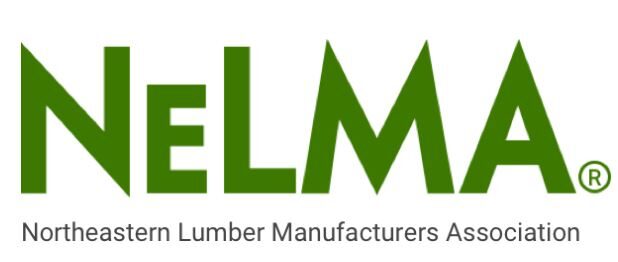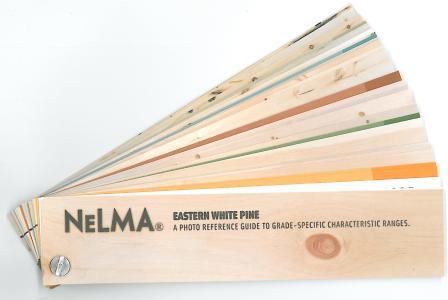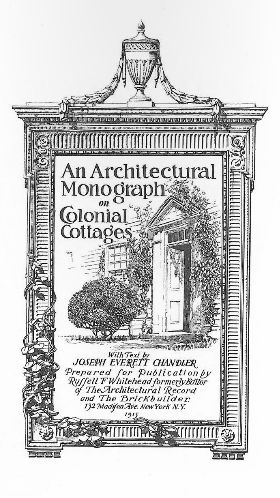William Cooper, father of the author James Fenimore Cooper, wrote of the impression that the land that would later become Cooperstown in his name made upon him the first time he visited in 1785. The land, along the coast of Lake Oswego in New York, showed no traces of inhabitants, and had not a single road. “I was alone, three hundred miles from home without food, fire and fishing tackle my own means of subsistence.”
“My horse fed on the grass that grew by the edge of the waters. I laid me down to sleep in my watch coat, nothing but the wilderness around me. In this way I explored the country and formed my plans for future settlement and meditated upon the spot where a place of trade or a village should be established.”
Nearly one hundred and fifty years later, when this issue of the White Pine Monographs was written in 1923, Cooperstown was well-established, but kept its old-fashioned character thanks to its seclusion from many main line railroad. This issue examines the main historical buildings there as they were in that year, including the home where James Fenimore Cooper lived for a time.
“This region, at the time of the building of many of the early houses, abounded in the finest growth of virgin pines, growing to great heights and of ample diameters for all building purposes. This, together with a native stone which quarries like elongated brick, and other quarries at the head of the lake, where hard limestone was plentiful, must have thrilled even the humblest craftsman in his line to make and fashion from these wonderful native materials, moldings and forms and combinations which grew more pretentious and refined as house succeeded house.”






